Chronic pain
Home / Chronic Pain
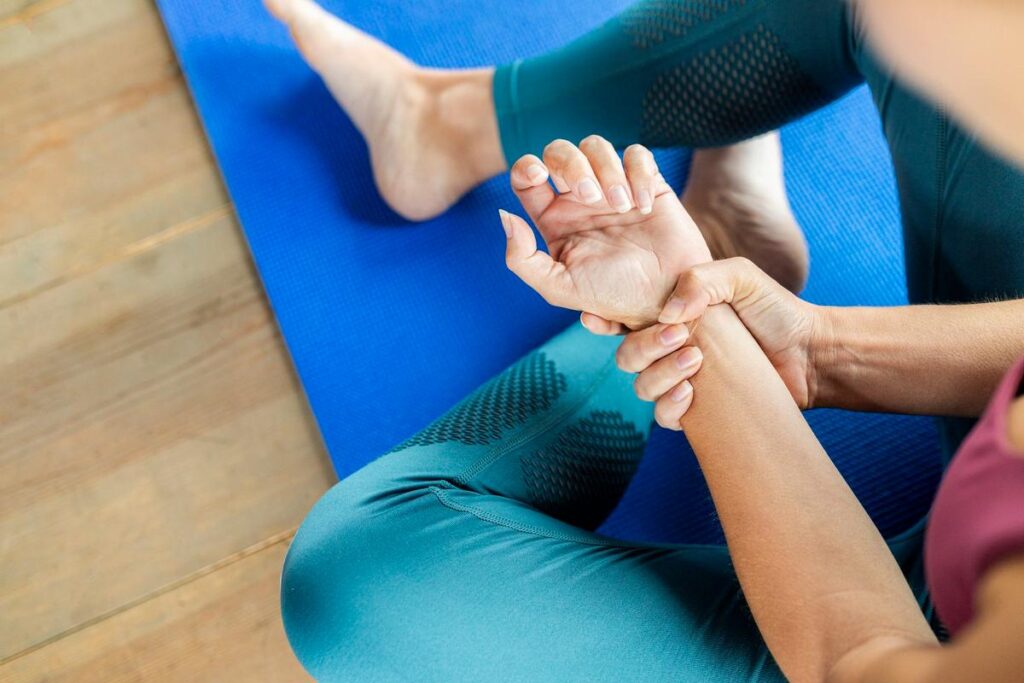
Exercise for chronic pain
Living with chronic pain can feel overwhelming and exhausting. It can affect your work, social life and confidence. While it may seem counterintuitive to move when you‘re in pain, the right type of exercise can reduce discomfort, improve your strength and make everyday activities easier. Exercise is not about pushing through pain. It‘s about moving in ways that are safe, manageable and supportive for your body.
What is chronic pain?
Chronic pain (also known as persistent pain) is pain that persists beyond the expected healing time of an injury. Unlike acute pain which is caused by tissue damage, chronic pain or persistent pain is less about the structural or tissue damage and more about the sensitivity of the nervous system and ‘non tissue related factors’.
Exercise and pain
Chronic pain is not always a sign of ongoing injury. Often, the nervous system becomes more sensitive over time, which can make normal movements feel painful. Avoiding activity may feel like the safest choice, but this can lead to muscle weakness, stiffness and more difficulty with daily tasks.
Gentle, regular exercise can help by:
- Improving strength and mobility
- Reducing sensitivity in your nervous system
- Releasing endorphins, the body’s natural pain relievers
- Improving sleep, energy and mood
- Helping you return to the activities you enjoy

Types of chronic pain
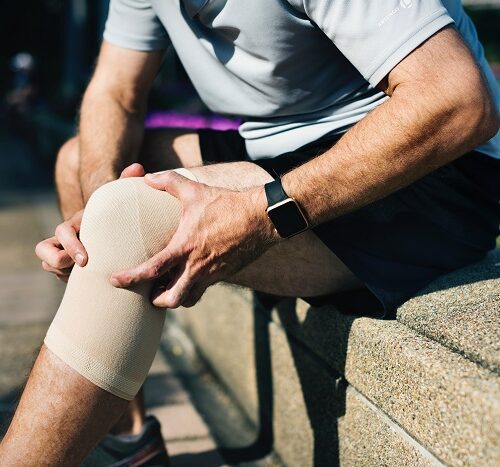
Osteoarthritis and joint pain
Exercise supports people with arthritis by improving joint mobility, reducing stiffness and strengthening the muscles that support joints.
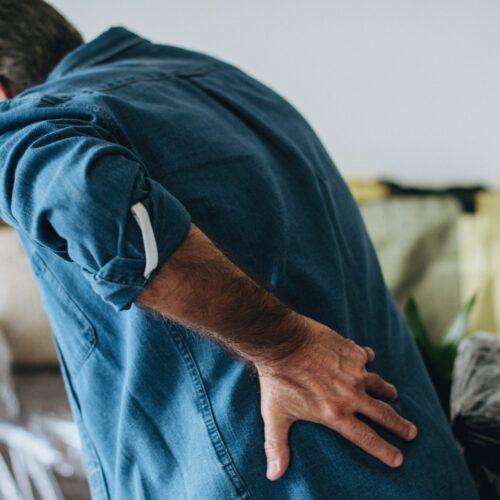
Back and neck pain
Targeted exercise can help reduce persistent back or neck pain by building strength and improving posture and flexibility.
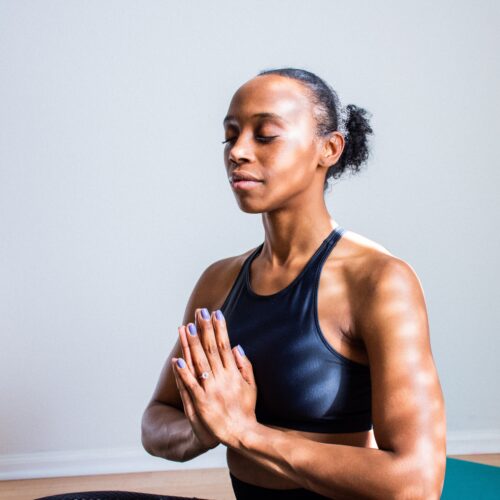
Migraines and headaches
Movement can help reduce the frequency and severity of migraines by lowering stress and improving circulation.
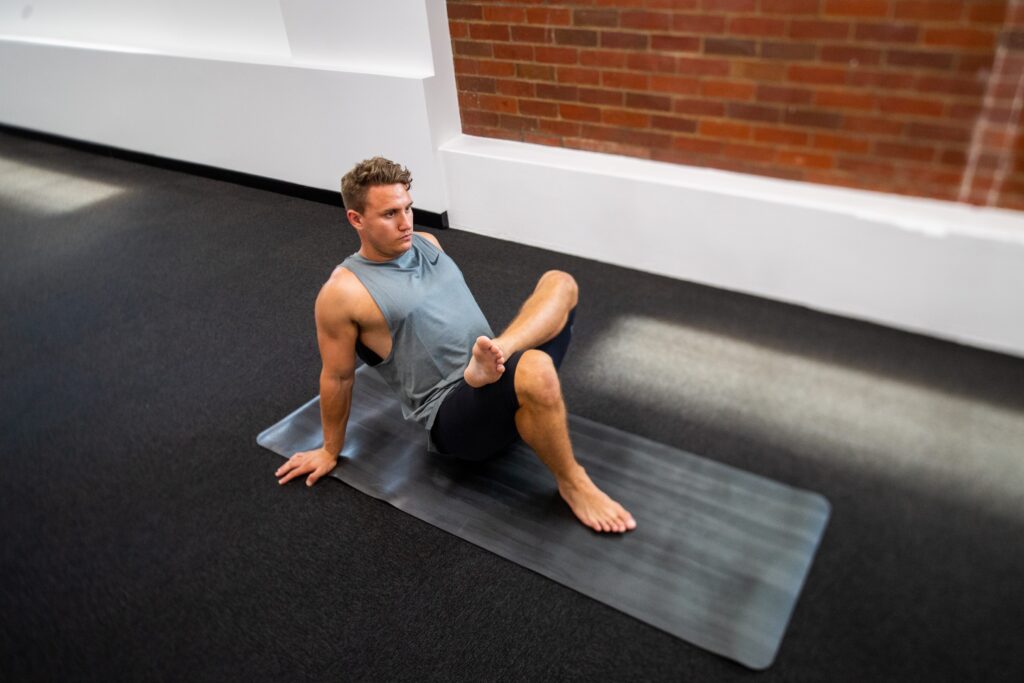
What type of exercise is best?
The best exercise for chronic pain depends on your condition and personal goals. In general, the following approaches can be effective:
- Aerobic exercises like walking, swimming or cycling can improve circulation, endurance and mood. If working out in a gym, try an elliptical trainer (which is lower impact than a treadmill).
- Strengthening exercises like squats, wall push ups or bicep curls can help build muscle and support joints to reduce pressure on painful areas.
- Stretching and mobility exercises at least once a day will help increase flexibility, loosen tight or stiff muscles, and improve your range of motion.
- Mind-body activities like yoga, tai chi or Pilates can help support relaxation and calm the nervous system.
- Short bursts of activity throughout the day, sometimes called “exercise snacks”, can make movement more manageable.
Working with an Accredited Exercise Physiologist ensures your program is safe, effective and tailored to your needs.
5 tips to help manage chronic pain
- Exercise is medicine and is an important daily strategy used to assist in the management of pain conditions.
- Stretch to cool down, not warm up, and do short bursts of exercise, not long stretches.
- It’s important to start slowly when beginning an exercise program and avoid pushing into stronger pain.
- Use the 0-10 scale to monitor your pain levels while exercising. If pain levels increase by more than 2 points from baseline, you should stop and modify that exercise, to ensure that you do not cause a flare up.
- Pace your activity to prevent flare ups. This means finding the right balance between movement and rest.
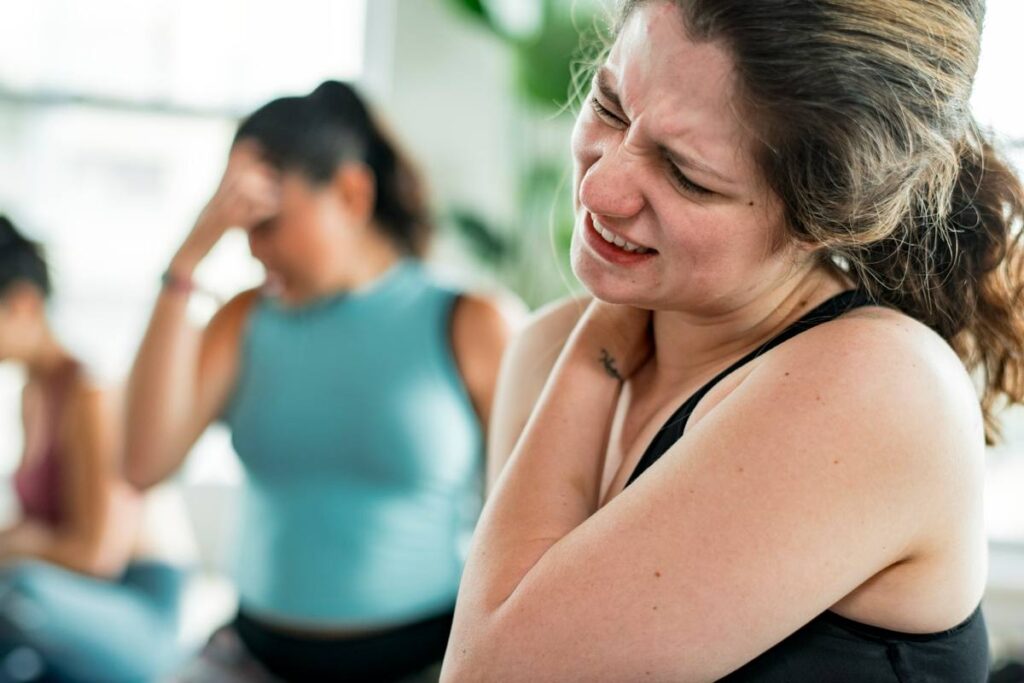
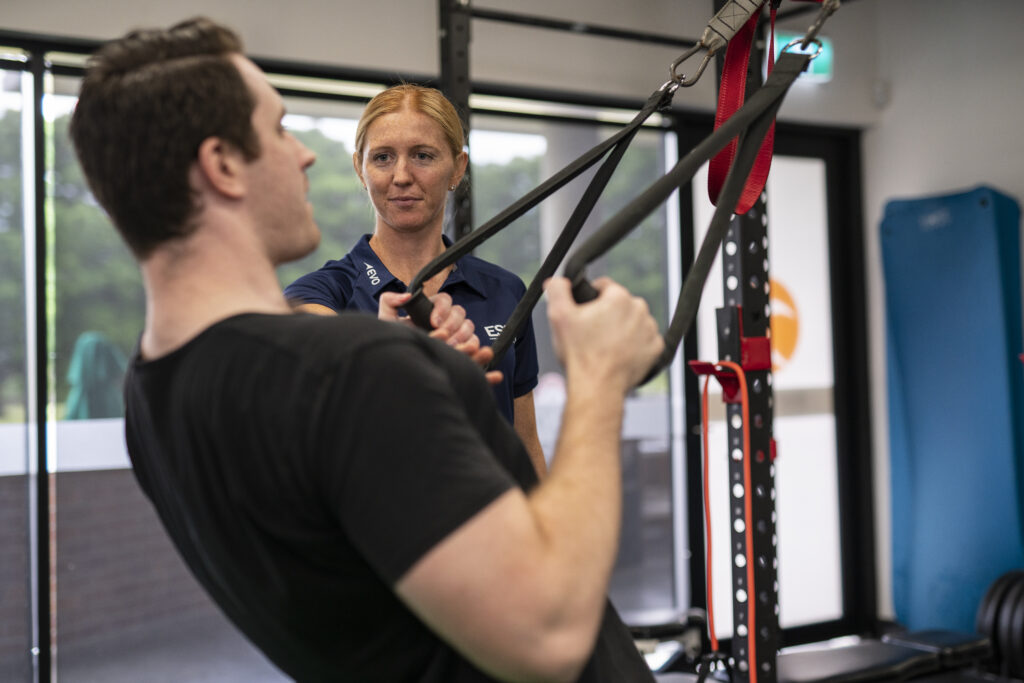
Get expert support
It’s important to have a team of health professionals there to support you including GPs and exercise professionals like Accredited Exercise Physiologists. They’ll assess your needs, guide your progress, and help you get moving again.
Frequently asked questions
Can exercise reduce chronic pain?
Yes. Research shows that regular, tailored exercise can reduce sensitivity in the nervous system, improve function and support wellbeing.
What if exercise makes my pain worse at first? Should I stop?
Not necessarily. Some discomfort is common when starting out, but exercise should not significantly increase your pain. Start gently, pace yourself, and if pain spikes to a level you can’t manage, or if new or unfamiliar pain arises, it’s wise to back off, modify the movement, or consult an accredited exercise professional if you’re unsure.
How do I stay motivated when I feel sore or tired?
Start small. Even a few minutes of gentle movement counts. Building exercise into your daily routine and having support from a professional or friend can make it easier to stay on track.
How much exercise should someone with chronic pain be doing?
While the standard recommendation of 150 minutes of moderate activity per week is a useful goal, you’re best to start ‘start low and go slow’ — even short, gentle bouts of movement can be beneficial, and building over time is key.
More resources
Want to dive deeper? Download our free Exercise for Persisting Pain eBook or check out more factsheets and articles on topics relevant to you.
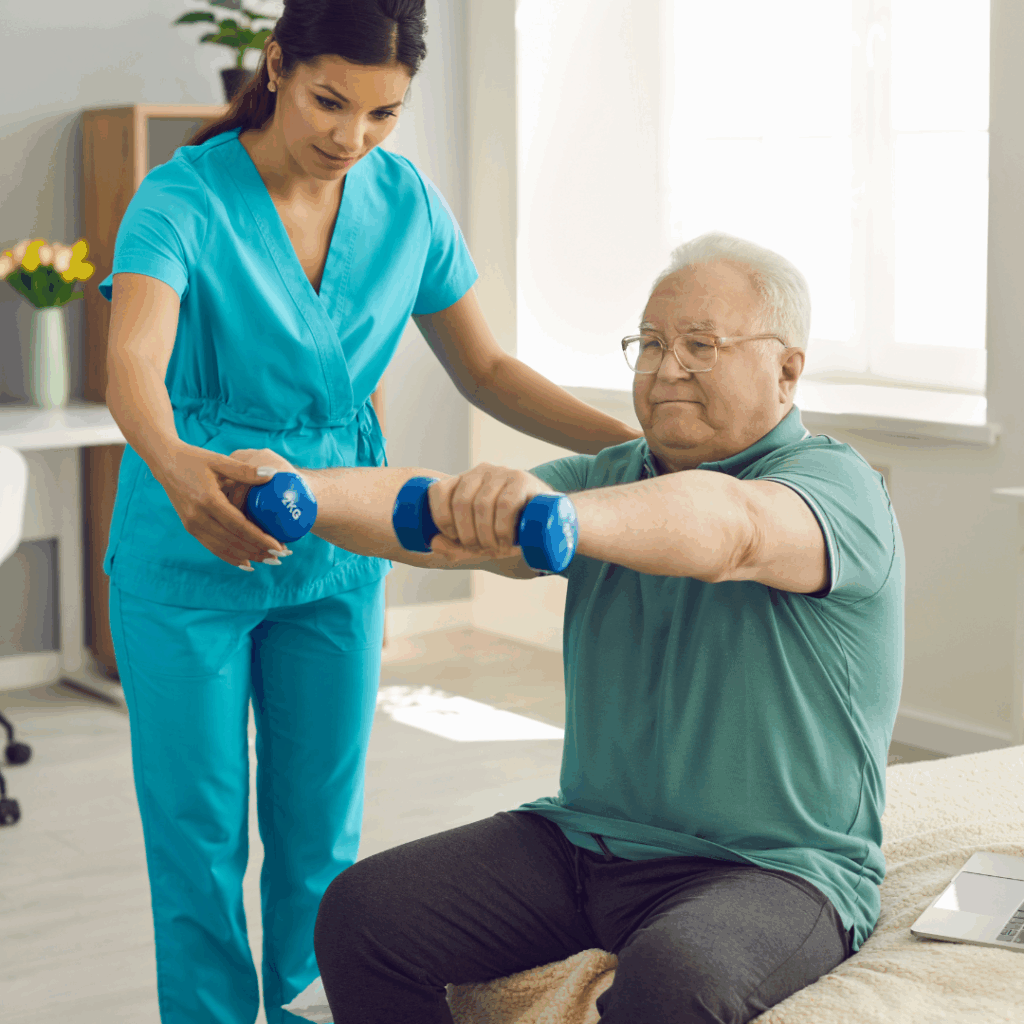
Pain, Movement and How Exercise Physiologists Can Help
This article was contributed and written by Accredited Exercise Physiologist, Amy Hondros. Understanding chronic pain What is chronic pain and how does exercise impact it? Chronic pain is characterised as pain that persists beyond the expected healing time of an injury or longer than 3-6 months, depending on the condition. It is an unpleasant sensory […]
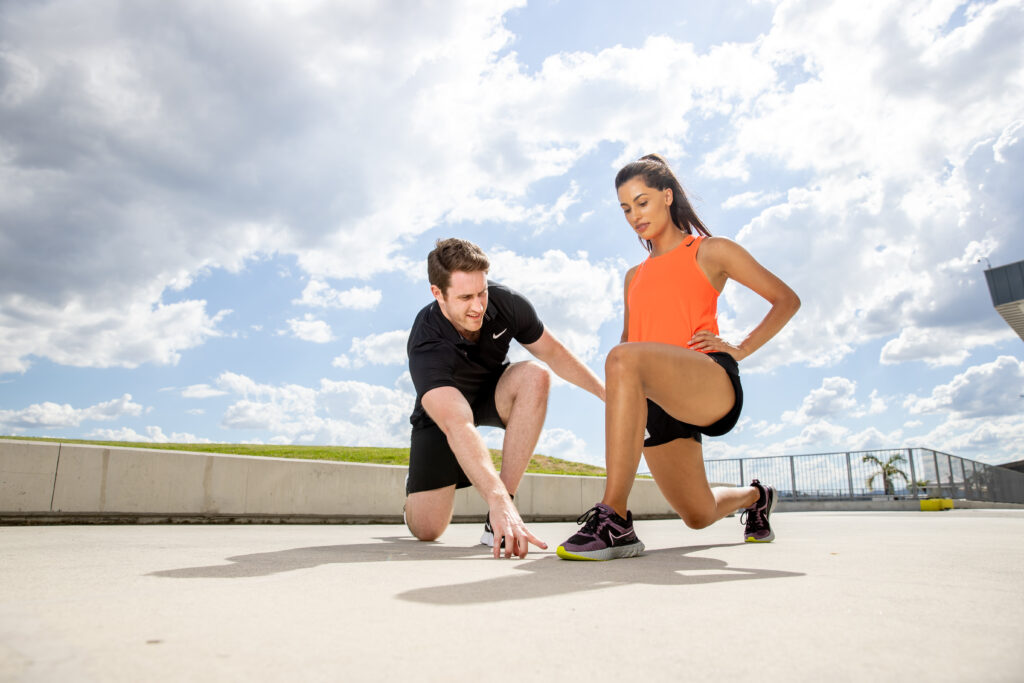
Who to See for Chronic Pain Help
This article was contributed and written by Accredited Exercise Physiologist and Accredited Exercise Scientist, Ashlie Boots. If you’re experiencing chronic or persistent pain, you’re not alone. According to Chronic Pain Australia, there are over 3.6 million people affected by chronic pain in Australia and it is the leading cause of disability in our country. But […]
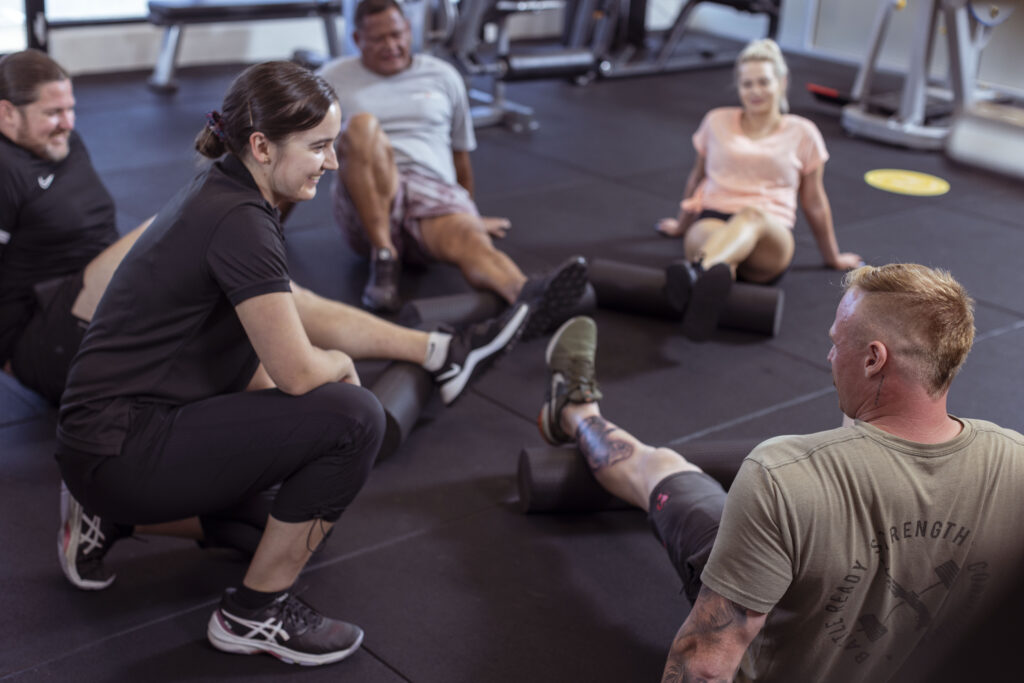
The Relationship Between Pain and Exercise for Veterans
This article was contributed and written by Accredited Exercise Physiologist at Mates4Mates, Aric Visentin. The relationship between chronic pain and exercise can be difficult to understand. Pain is a normal response of our brain, so how can a person recognise when their pain is presenting as a health concern? Pain is a human survival mechanism, […]
